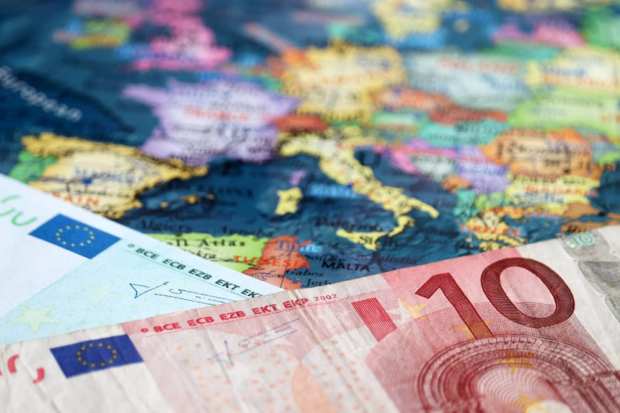Data Shows Divide In Euro Zone Lending

The European Central Bank (ECB) data showed on Wednesday (Jan. 29) that lending to euro zone companies fell to a two-year low at the end of last year as bank loans to households grew, according to Reuters.
Mired in a manufacturing recession, euro zone companies are challenged by lower trade. Consumers, conversely, are more optimistic for the most part as employment and wages continue to rise in an expanding service sector.
The ECB data showed that lending to non-financial corporations fell to 3.2 percent from two-tenths of a percentage point higher the month prior, marking a two-year low. On the other hand, household lending rose from 3.5 percent to 3.7 percent, the highest numbers in over a decade.
In September 2019, the ECB initiated a controversial stimulus package, intended to reverse slowing growth and keep funds moving through the euro zone business sector.
Recent numbers reveal some stabilization has resulted, but the cash flow from banks to businesses was only at 0.7 billion euros.
Euro zone companies are moving away from long term credit in this context, a financial segment the ECB wants to revitalize with extremely low financing.
Only days ago, an ECB board member cautioned that the current policy could increase the possibility of a financial bubble, notably in the European housing market.
The European financial sector’s slowdown is critically eroding the banks’ profit margins on loans. Recently, the ECB relaxed rules for mergers in the hopes of jump-starting the economy.
